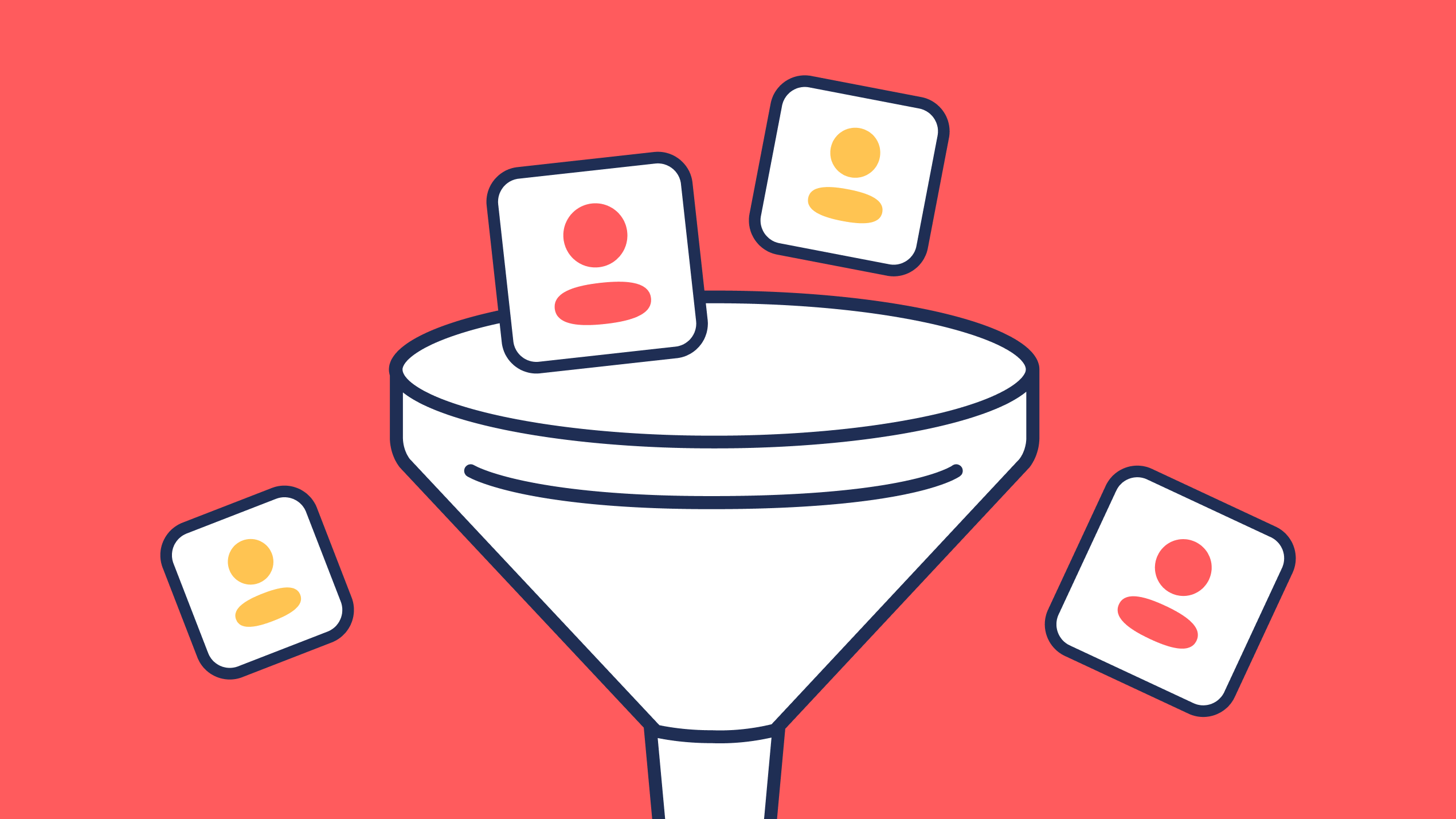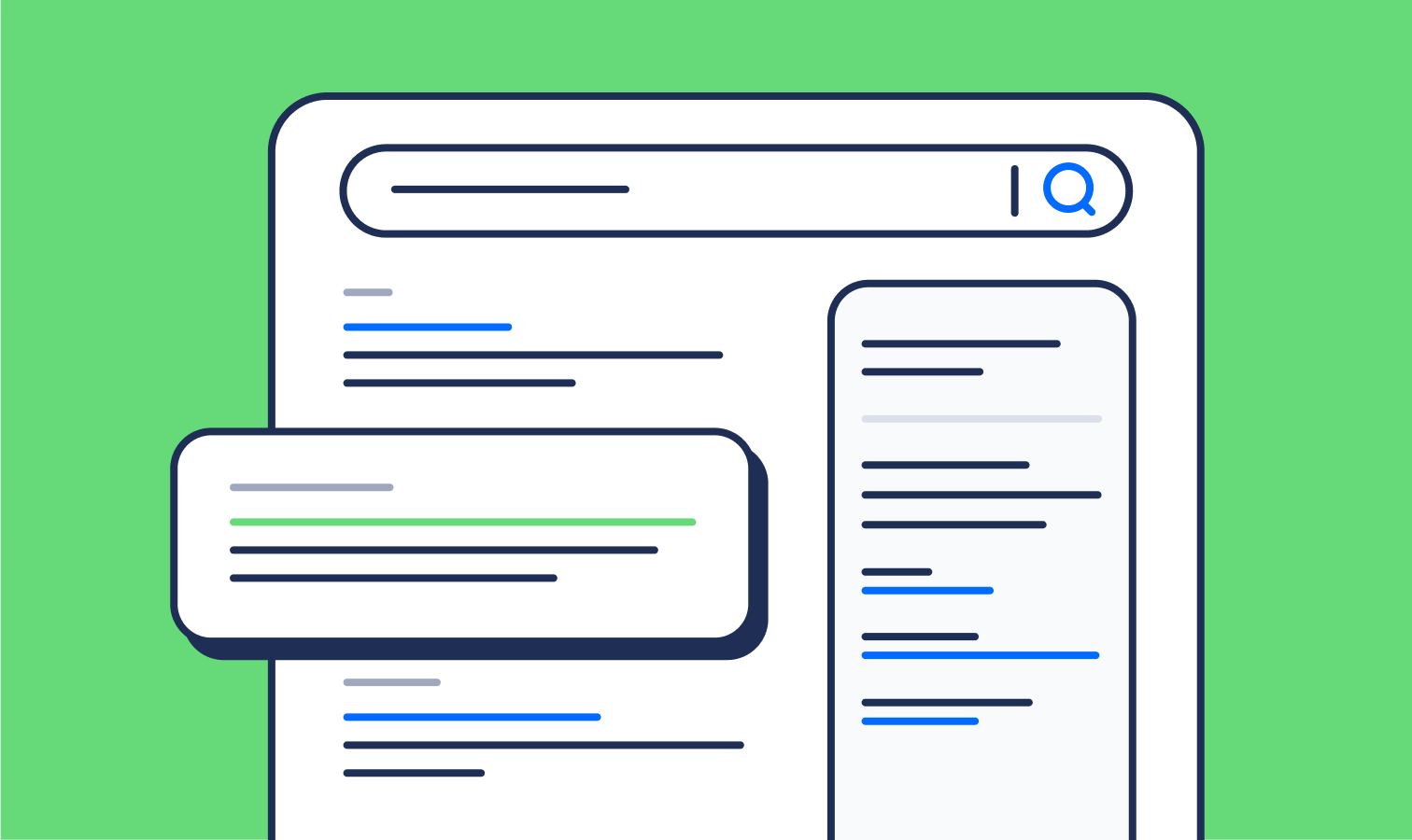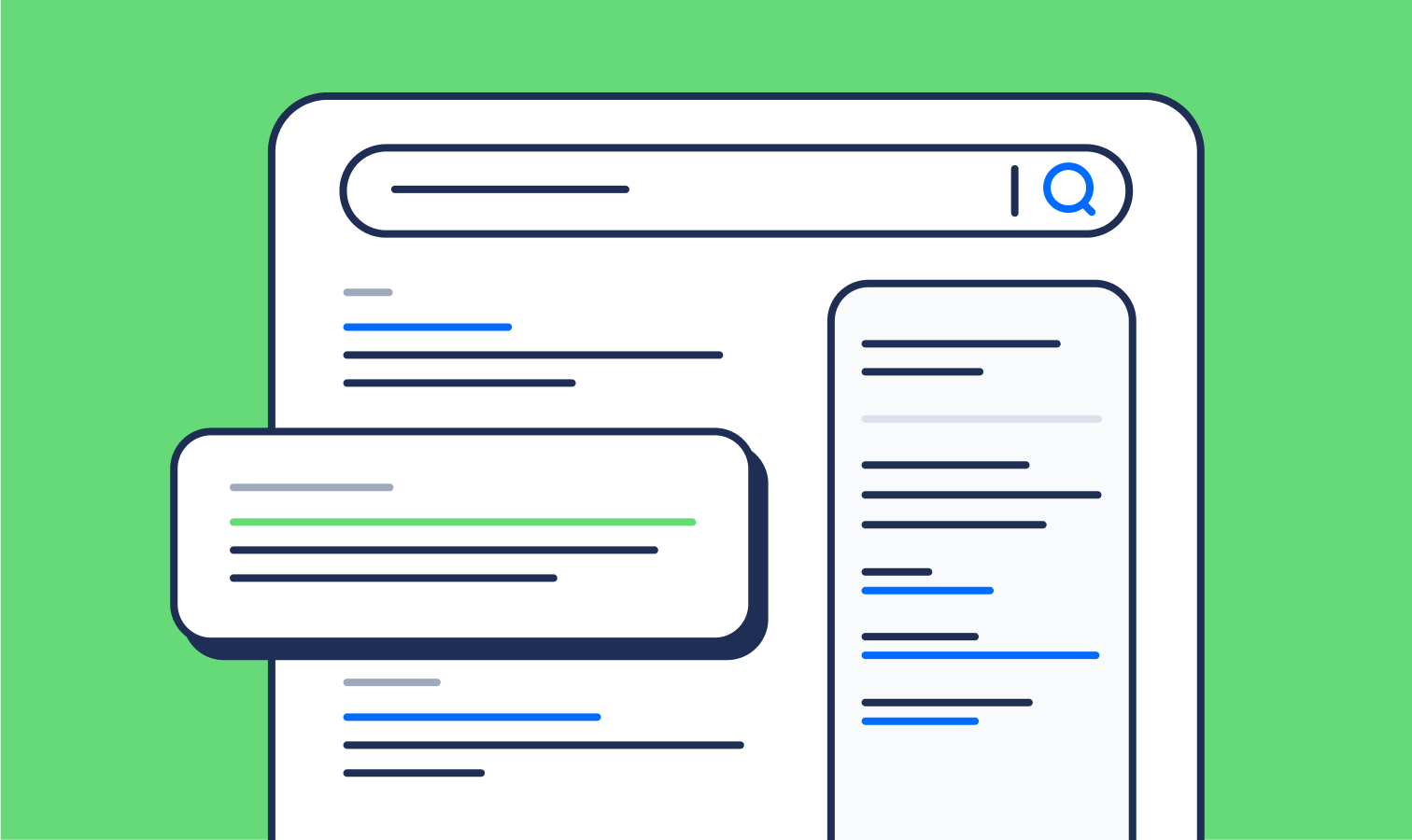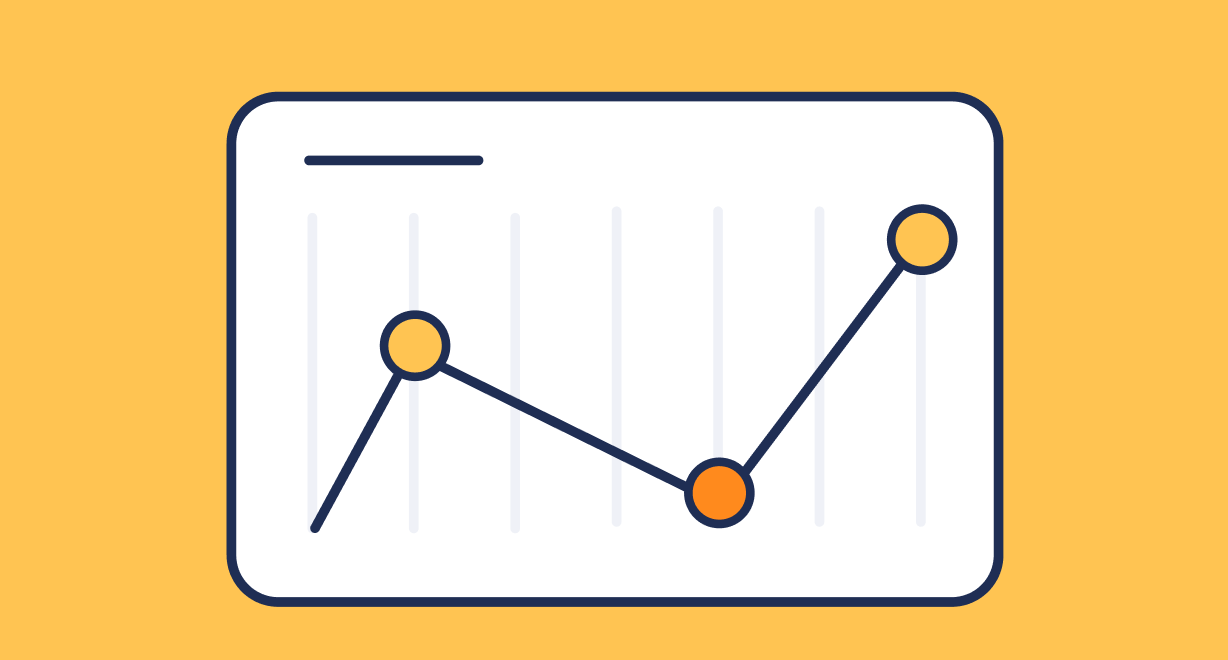The Marketing Funnel: How to Build Long-Term Success with the Right Digital Media Strategies

Introduction: Why the Funnel Still Matters
In a world of automation, AI, and fast-moving ad platforms, the marketing funnel remains one of the most important frameworks for growth-minded brands. Whether you sell B2B software, construction equipment, or financial services, the funnel ensures you’re not just chasing clicks — you’re building awareness, nurturing interest, and converting leads into loyal customers.
A strong campaign doesn’t just generate short-term leads; it creates a sustainable pipeline that compounds over time. Here’s how each stage of the funnel works — and the digital media strategies that make it thrive.
1. Awareness Stage: Capturing Attention and Building Visibility
Objective: Make your brand known to the right audience.
At the top of the funnel (TOFU), your goal is to introduce your brand to potential customers who may not yet know you exist. The focus is reach, visibility, and first impressions.
Best Digital Strategies:
- Programmatic Display & Video Ads: Use contextual and keyword targeting to reach users reading about topics related to your product or industry. Video ads on YouTube or CTV can generate strong recall and brand awareness.
- Social Media Ads (Meta, LinkedIn, TikTok): Ideal for expanding reach, building followers, and sharing thought-leadership content.
- SEO & Content Marketing: Publish educational blog posts, guides, and infographics that rank for top-of-funnel search queries like “how to reduce equipment downtime” or “best ways to finance heavy machinery.”
Why It Matters:
Brands that skip the awareness stage often struggle to grow their audience. Without reach, your funnel has no foundation. Awareness campaigns create brand familiarity — and studies show that buyers are 3x more likely to engage with brands they’ve seen before.
2. Consideration Stage: Educating and Engaging Prospects
Objective: Nurture interest and position your brand as the trusted choice.
In the middle of the funnel (MOFU), your audience knows they have a need and are evaluating options. Your job is to differentiate your brand and demonstrate value.
Best Digital Strategies:
- Retargeting & Sequential Messaging: Deliver follow-up display or social ads to users who visited your site or watched your videos. Tailor messages around product benefits or case studies.
- Search Ads: Capture users searching for solution-based queries like “best telematics system for fleets” or “compare skid steer brands.”
- Email Automation & Lead Nurturing: Send personalized content (whitepapers, testimonials, webinars) to keep leads engaged.
- Content Marketing: Build credibility with detailed comparison blogs, success stories, and expert insights.
Why It Matters:
Most brands lose potential buyers here. Prospects are interested but undecided. By nurturing them with educational and persuasive content, you build trust — the currency that converts in high-value B2B and industrial sales.
3. Conversion Stage: Driving Action and Measurable ROI
Objective: Turn qualified prospects into customers.
At the bottom of the funnel (BOFU), the audience is ready to act — they’ve done their research and just need a compelling reason to choose you.
Best Digital Strategies:
- Search & Geofencing Campaigns: Use highly targeted, conversion-driven campaigns to capture purchase intent (“buy,” “demo,” “quote,” or “pricing” keywords).
- Dynamic Retargeting: Show personalized ads featuring products or services the user viewed on your website.
- Landing Pages & Conversion Optimization: Optimize pages with clear CTAs, testimonials, and forms.
- CRM Integration & Lookalike Audiences: Use customer data to build predictive models and scale similar conversions.
Why It Matters:
The conversion stage directly impacts revenue. But even here, strategy matters: clear calls to action, optimized landing pages, and consistent messaging across channels can increase conversion rates by 30–50% compared to generic campaigns.

4. Loyalty & Advocacy Stage: Turning Customers into Promoters
Objective: Retain, upsell, and turn happy clients into advocates.
The funnel doesn’t end at the sale — that’s just the beginning of long-term profitability. Retention marketing is often cheaper and more effective than new customer acquisition.
Best Digital Strategies:
- Email & CRM Retention Campaigns: Send service updates, cross-sell offers, and satisfaction surveys.
- Social Media Engagement: Showcase client results, share user-generated content, and encourage referrals.
- Remarketing & Upsell Ads: Use programmatic targeting to promote maintenance plans, accessories, or complementary services.
Why It Matters:
Repeat customers spend up to 67% more than new ones. Building loyalty reduces churn and strengthens your long-term ROI. Every satisfied client can become a brand ambassador who fuels your awareness stage all over again.
5. Why a Full-Funnel Strategy Creates Long-Term Success
Brands that focus only on bottom-funnel conversions often see short bursts of ROI followed by plateauing results.
A holistic funnel strategy — with consistent investment across awareness, consideration, conversion, and loyalty — ensures your campaigns continuously feed each other.
Key Benefits:
- Brand Compounding: Awareness ads make conversion ads perform better.
- Efficient Budget Allocation: Data shows where to scale or optimize spend.
- Sustainable Growth: A balanced funnel prevents burnout and drives repeat business.
- Better Measurement: You can attribute sales to multiple touchpoints, not just the last click.
Conclusion: Build the Funnel, Then Fuel It
A successful digital campaign isn’t about one channel — it’s about how every channel works together.
From top-funnel storytelling to conversion-driven precision targeting, each layer of the funnel plays a critical role in driving awareness, trust, and sales.
Brands that master this balance don’t just win clicks — they build durable, data-driven growth engines that keep performing month after month.
Introduction: Why the Funnel Still Matters
In a world of automation, AI, and fast-moving ad platforms, the marketing funnel remains one of the most important frameworks for growth-minded brands. Whether you sell B2B software, construction equipment, or financial services, the funnel ensures you’re not just chasing clicks — you’re building awareness, nurturing interest, and converting leads into loyal customers.
A strong campaign doesn’t just generate short-term leads; it creates a sustainable pipeline that compounds over time. Here’s how each stage of the funnel works — and the digital media strategies that make it thrive.
1. Awareness Stage: Capturing Attention and Building Visibility
Objective: Make your brand known to the right audience.
At the top of the funnel (TOFU), your goal is to introduce your brand to potential customers who may not yet know you exist. The focus is reach, visibility, and first impressions.
Best Digital Strategies:
- Programmatic Display & Video Ads: Use contextual and keyword targeting to reach users reading about topics related to your product or industry. Video ads on YouTube or CTV can generate strong recall and brand awareness.
- Social Media Ads (Meta, LinkedIn, TikTok): Ideal for expanding reach, building followers, and sharing thought-leadership content.
- SEO & Content Marketing: Publish educational blog posts, guides, and infographics that rank for top-of-funnel search queries like “how to reduce equipment downtime” or “best ways to finance heavy machinery.”
Why It Matters:
Brands that skip the awareness stage often struggle to grow their audience. Without reach, your funnel has no foundation. Awareness campaigns create brand familiarity — and studies show that buyers are 3x more likely to engage with brands they’ve seen before.
2. Consideration Stage: Educating and Engaging Prospects
Objective: Nurture interest and position your brand as the trusted choice.
In the middle of the funnel (MOFU), your audience knows they have a need and are evaluating options. Your job is to differentiate your brand and demonstrate value.
Best Digital Strategies:
- Retargeting & Sequential Messaging: Deliver follow-up display or social ads to users who visited your site or watched your videos. Tailor messages around product benefits or case studies.
- Search Ads: Capture users searching for solution-based queries like “best telematics system for fleets” or “compare skid steer brands.”
- Email Automation & Lead Nurturing: Send personalized content (whitepapers, testimonials, webinars) to keep leads engaged.
- Content Marketing: Build credibility with detailed comparison blogs, success stories, and expert insights.
Why It Matters:
Most brands lose potential buyers here. Prospects are interested but undecided. By nurturing them with educational and persuasive content, you build trust — the currency that converts in high-value B2B and industrial sales.
3. Conversion Stage: Driving Action and Measurable ROI
Objective: Turn qualified prospects into customers.
At the bottom of the funnel (BOFU), the audience is ready to act — they’ve done their research and just need a compelling reason to choose you.
Best Digital Strategies:
- Search & Geofencing Campaigns: Use highly targeted, conversion-driven campaigns to capture purchase intent (“buy,” “demo,” “quote,” or “pricing” keywords).
- Dynamic Retargeting: Show personalized ads featuring products or services the user viewed on your website.
- Landing Pages & Conversion Optimization: Optimize pages with clear CTAs, testimonials, and forms.
- CRM Integration & Lookalike Audiences: Use customer data to build predictive models and scale similar conversions.
Why It Matters:
The conversion stage directly impacts revenue. But even here, strategy matters: clear calls to action, optimized landing pages, and consistent messaging across channels can increase conversion rates by 30–50% compared to generic campaigns.

4. Loyalty & Advocacy Stage: Turning Customers into Promoters
Objective: Retain, upsell, and turn happy clients into advocates.
The funnel doesn’t end at the sale — that’s just the beginning of long-term profitability. Retention marketing is often cheaper and more effective than new customer acquisition.
Best Digital Strategies:
- Email & CRM Retention Campaigns: Send service updates, cross-sell offers, and satisfaction surveys.
- Social Media Engagement: Showcase client results, share user-generated content, and encourage referrals.
- Remarketing & Upsell Ads: Use programmatic targeting to promote maintenance plans, accessories, or complementary services.
Why It Matters:
Repeat customers spend up to 67% more than new ones. Building loyalty reduces churn and strengthens your long-term ROI. Every satisfied client can become a brand ambassador who fuels your awareness stage all over again.
5. Why a Full-Funnel Strategy Creates Long-Term Success
Brands that focus only on bottom-funnel conversions often see short bursts of ROI followed by plateauing results.
A holistic funnel strategy — with consistent investment across awareness, consideration, conversion, and loyalty — ensures your campaigns continuously feed each other.
Key Benefits:
- Brand Compounding: Awareness ads make conversion ads perform better.
- Efficient Budget Allocation: Data shows where to scale or optimize spend.
- Sustainable Growth: A balanced funnel prevents burnout and drives repeat business.
- Better Measurement: You can attribute sales to multiple touchpoints, not just the last click.
Conclusion: Build the Funnel, Then Fuel It
A successful digital campaign isn’t about one channel — it’s about how every channel works together.
From top-funnel storytelling to conversion-driven precision targeting, each layer of the funnel plays a critical role in driving awareness, trust, and sales.
Brands that master this balance don’t just win clicks — they build durable, data-driven growth engines that keep performing month after month.



